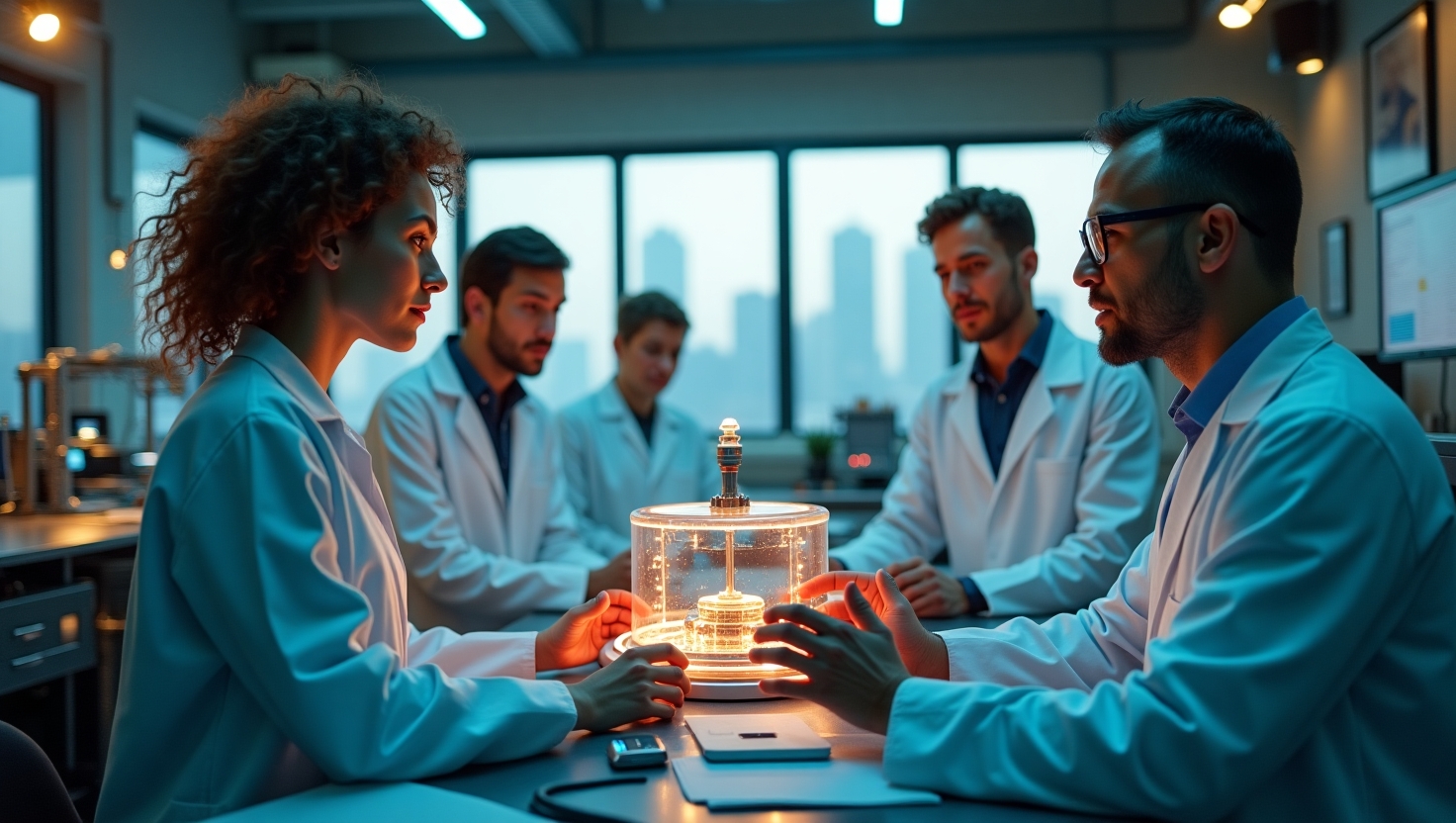Revolutionizing Clean Energy: How AI-Driven Plasma Catalysis is Making Green Hydrogen Affordable
Intro: The Clean Energy Crisis Requires Faster Innovation
Can hydrogen fuel the clean energy transition? A new AI-driven method proves yes — at radically lower costs. The U.S. aims for $1/kg clean hydrogen by 2030 to boost energy security and cut emissions. Yet, pricey catalysts block progress in green hydrogen production. This breakthrough in ammonia decomposition changes that, offering scalable solutions for net-zero goals.
Global demand surges as nations push for clean energy. Ammonia decomposition splits NH₃ into hydrogen and nitrogen, but high costs limit adoption. Enter plasma catalysis: it enhances reactions efficiently. Researchers at Worcester Polytechnic Institute used AI to find affordable alternatives, slashing barriers to green hydrogen.
Background: Why Catalysts Are the Gatekeeper of Hydrogen’s Success
Catalysts drive green hydrogen production but face major hurdles. Ruthenium, a common choice, costs $150 per gram and remains scarce. This chokes scalability in clean energy efforts. Plasma catalysis offers a fix by using high-energy gas to speed up reactions without extreme heat.
Ammonia decomposition relies on catalysts to break bonds effectively. Traditional methods demand rare metals, inflating prices. But AI identified nickel-iron alloys as cheap stand-ins. These outperform ruthenium in plasma catalysis setups, per studies from Worcester Polytechnic Institute source.
This shift democratizes green hydrogen. Plasma catalysis boosts efficiency in ammonia decomposition. It enables smaller reactors for distributed production. Che’s team at Dalian University of Technology and others highlight how this tech addresses catalyst scarcity.
Trend: Plasma-Assisted Catalysts Slash Green Hydrogen Costs by 70%
Plasma catalysis transforms clean energy by cutting costs dramatically. Catalyst prices drop from $150/gram to under $5/gram with nickel-iron alloys. This aligns with the DOE’s Hydrogen Shot initiative for $1/kg green hydrogen. Energy needs fall by 20% versus heat-only methods, boosting scalability.
Ammonia decomposition benefits most from this trend. It produces hydrogen with low emissions—under 10 g CO₂e/MJ H₂. Traditional approaches exceed 50 g, harming clean energy goals. Industry experts predict widespread adoption in sectors like shipping and steel.
Key impacts include:
- Cost Savings: 70% reduction in catalyst expenses.
- Efficiency Gains: 20% less power for plasma catalysis processes.
- Emission Reductions: CO₂ cuts over 70% using clean ammonia feedstock source.
Insight: AI Supercharges Catalyst Discovery for Distributed Clean Energy
AI accelerates clean energy innovation in green hydrogen. It found nickel-iron catalysts months or years faster than traditional methods. This speeds up plasma catalysis for ammonia decomposition. Distributed production becomes viable, enhancing energy security with small-scale reactors.
Challenges remain, like plasma reactor safety and ammonia handling. Future R&D will address these for broader use. AI’s role slashes costs and carbon footprints, as noted by researchers. It supports decentralized clean energy, reducing supply-chain risks.
Benefits of AI in this field:
- Speed: Rapid catalyst identification for quick scaling.
- Security: Enables on-site green hydrogen production.
- Sustainability: Lowers emissions in plasma catalysis applications.
Forecast: When Will Cheap Hydrogen Power the World?
Short-term wins loom for green hydrogen. By 2024–2026, pilot plants will test nickel-iron catalysts in plasma catalysis. This sets the stage for cost-effective ammonia decomposition. Mid-term, from 2027–2030, U.S. adoption could hit the $1/kg goal, driving clean energy shifts.
Global impacts span industries. Steel and electronics will demand more nickel, while shipping adopts ammonia fuels. Plasma catalysis could grow the green hydrogen market beyond $1 billion by 2030. Residue management from these processes will spur further innovation.
Timeline scenarios:
- 2024–2026: Initial pilots focus on efficiency and safety.
- 2027–2030: National rollout meets DOE targets for clean energy.
CTA: Join the Clean Energy Revolution
Dive deeper into this breakthrough. Read the full study on AI-driven catalyst breakthroughs here. For Australian insights, check the Clean Energy Council for local green hydrogen projects learn more.
Set a goal: Ask your city about green hydrogen programs. Engineering teams, partner with Che’s team on plasma reactor trials.
Key stats:
- $1 per kg H₂ by 2030.
- 70% cheaper catalysts via plasma catalysis.
- 20% energy reduction in ammonia decomposition.
